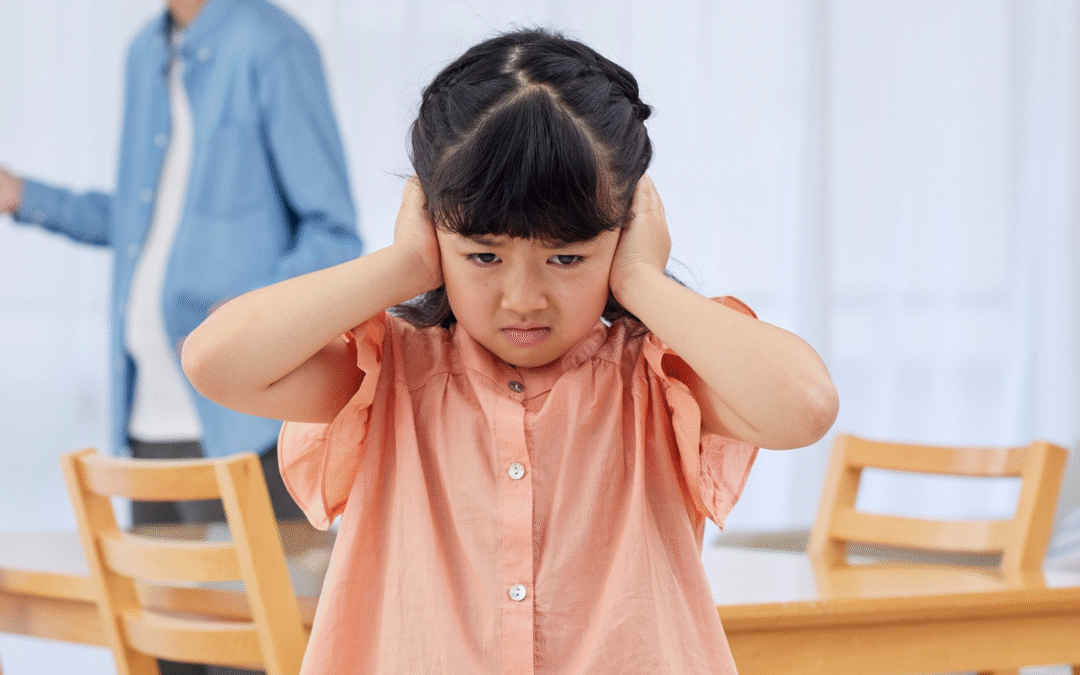When life feels uncertain, children notice quickly. Even if they cannot name what they are experiencing, they pay attention to the energy, words, and habits of the adults around them. Caregivers who project steadiness provide a sense of safety that children can rely on. With the right mix of reassurance and simple calming strategies, families can create a nurturing environment that teaches children not only to manage stress now but also to build resilience for the future.
Recognizing Signs of Stress in Kids
Children rarely say, “I’m stressed.” Instead, they may cling more than usual, show irritability, refuse to sleep, or complain of stomachaches. These reactions are not misbehavior but signals that they need comfort. When parents see these cues as communication, they can respond with patience rather than frustration. The objective is not to remove every stressful event but to help children learn constructive ways to manage feelings.
Showing Calm in Your Own Actions
Young people copy what they see. If adults take a breath before responding, speak in a steady voice, or admit, “I feel worried, but I know we can handle this together,” children observe and learn. Being open about feelings, while modeling healthy ways of coping, teaches children that emotions are normal and can be managed. Over time, these examples become strategies children will use in their own lives.
Maintaining Reliable Routines
Consistency helps children feel grounded. Regular mealtimes, bedtime patterns, or simple rituals like reading a favorite story provide a sense of stability. Even during times of change, familiar activities remind children that parts of their world remain safe and predictable. These small anchors build confidence and reduce the anxiety that can come with uncertainty.
Creating Space for Honest Expression
Children need outlets to share what is on their minds. A younger child may draw pictures or act out scenarios with toys. Older children might prefer a straightforward talk. The role of the caregiver is to listen carefully, avoid brushing off fears, and show empathy with responses such as, “That sounds tough” or “I understand why you feel that way.” When children know they are taken seriously, their stress lessens.
Introducing Relaxation Tools
Kids benefit from learning ways to calm their bodies and minds:
- Practice balloon breathing, inhaling slowly and exhaling as if blowing up a balloon
- Tense and release muscles one group at a time to feel the difference between tight and relaxed
- Imagine a safe place, like a beach or a treehouse, while closing their eyes
- Older kids can try simple mindfulness, noticing the rhythm of their breath or the sounds around them
The more often these skills are practiced, the easier it becomes for children to use them in stressful moments.
Protecting Children From Overload
Too much exposure to upsetting news, conversations, or images can overwhelm kids. Adults can protect them by filtering information and keeping explanations clear but simple. Shifting attention toward fun or creative activities like art, playing outside, or family board games restores balance. Limiting exposure does not mean avoiding reality, but it keeps children from carrying more than they can handle.
Teaching the Language of Feelings
A strong emotional vocabulary gives children tools to describe their inner world. Beyond “happy,” “sad,” or “angry,” teaching words such as “confused,” “nervous,” or “lonely” helps them explain their feelings. Caregivers can encourage this by sharing their own experiences: “I felt nervous before giving my presentation, so I practiced breathing slowly.” This shows children that feelings are normal and manageable.
Strengthening Bonds
One of the most powerful protectors against stress is connection. Setting aside even a short time each day for one-on-one attention builds security. This could mean cooking a meal together, going for a walk, or building with blocks. Supportive relatives, friends, and mentors can also help children feel surrounded by care. When children sense they belong, they gain the strength to face challenges.
Balancing Comfort and Independence
Children need both reassurance and opportunities to try things on their own. Letting them make small choices, such as what outfit to wear or which snack to have, teaches decision-making and gives them a sense of control. Success in these little responsibilities grows confidence. Parents can provide guidance while also encouraging problem-solving, so children learn to trust their own abilities.
Caring for Yourself as a Parent
Children are tuned in to the moods of their caregivers. If parents are constantly tense, children often reflect that stress. Adults who take care of their own needs by resting, exercising, or leaning on friends set an important example. By practicing self-care, caregivers show children that it is both normal and healthy to look after one’s own well-being.
Key Takeaways for Parents
For children under 9:
- Keep routines predictable with meals, sleep, and playtime
- Use drawing, stories, and role play to let them express feelings
- Introduce calming exercises like bubble breathing or guided imagery
- Offer frequent physical affection, such as hugs and cuddles
- Limit exposure to stressful media and provide simple, clear explanations
For pre-teens and teens:
- Encourage direct conversations and validate what they share
- Suggest mindfulness, journaling, or physical activity as coping outlets
- Give them space to make choices and build confidence
- Balance access to information with healthy boundaries around media
- Model calm, thoughtful responses they can learn from
At The Children’s Center, we remind parents that supporting children during stressful times is not about perfection. It is about creating steadiness, providing comfort, and using effective tools that nurture resilience as children grow.

